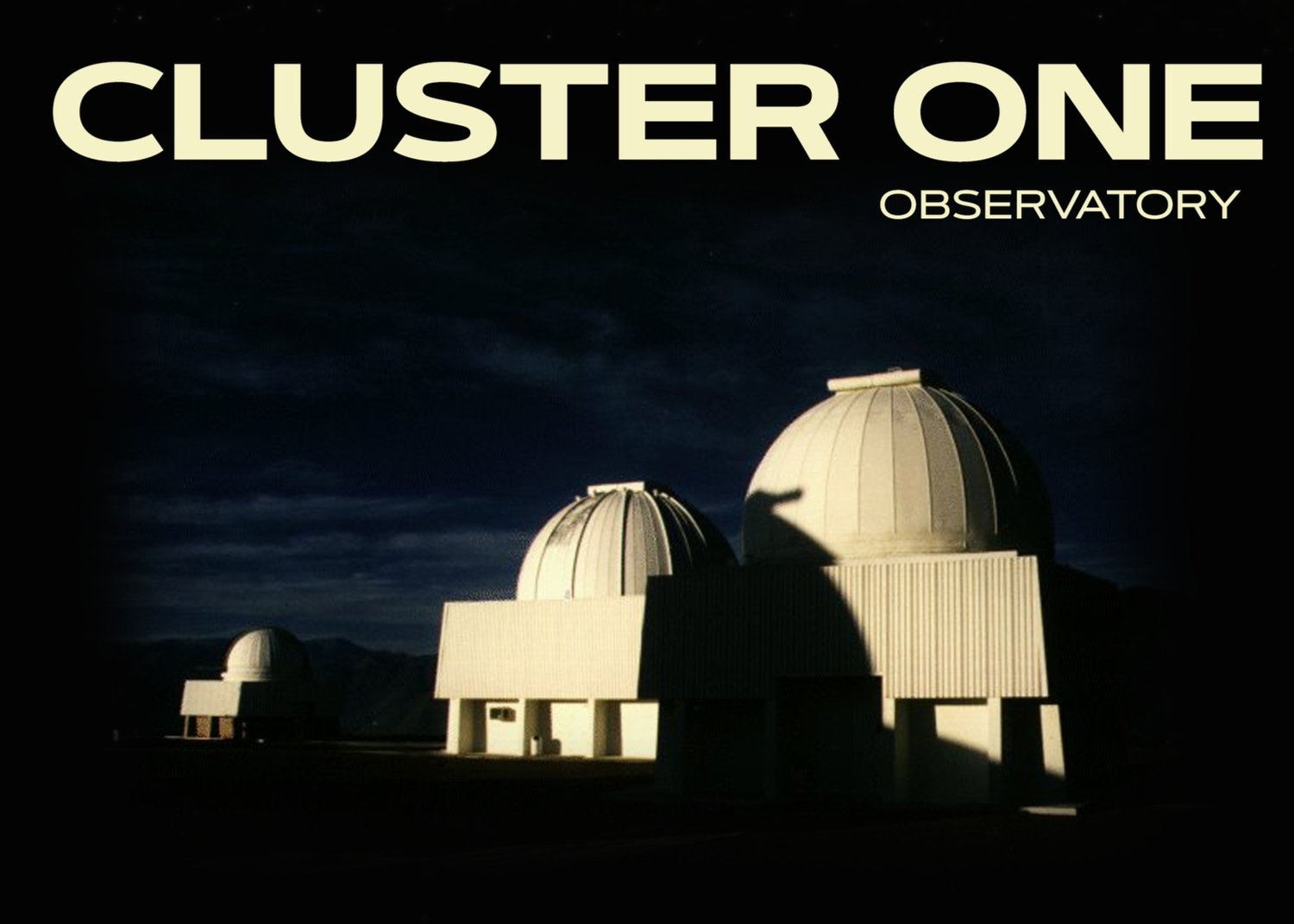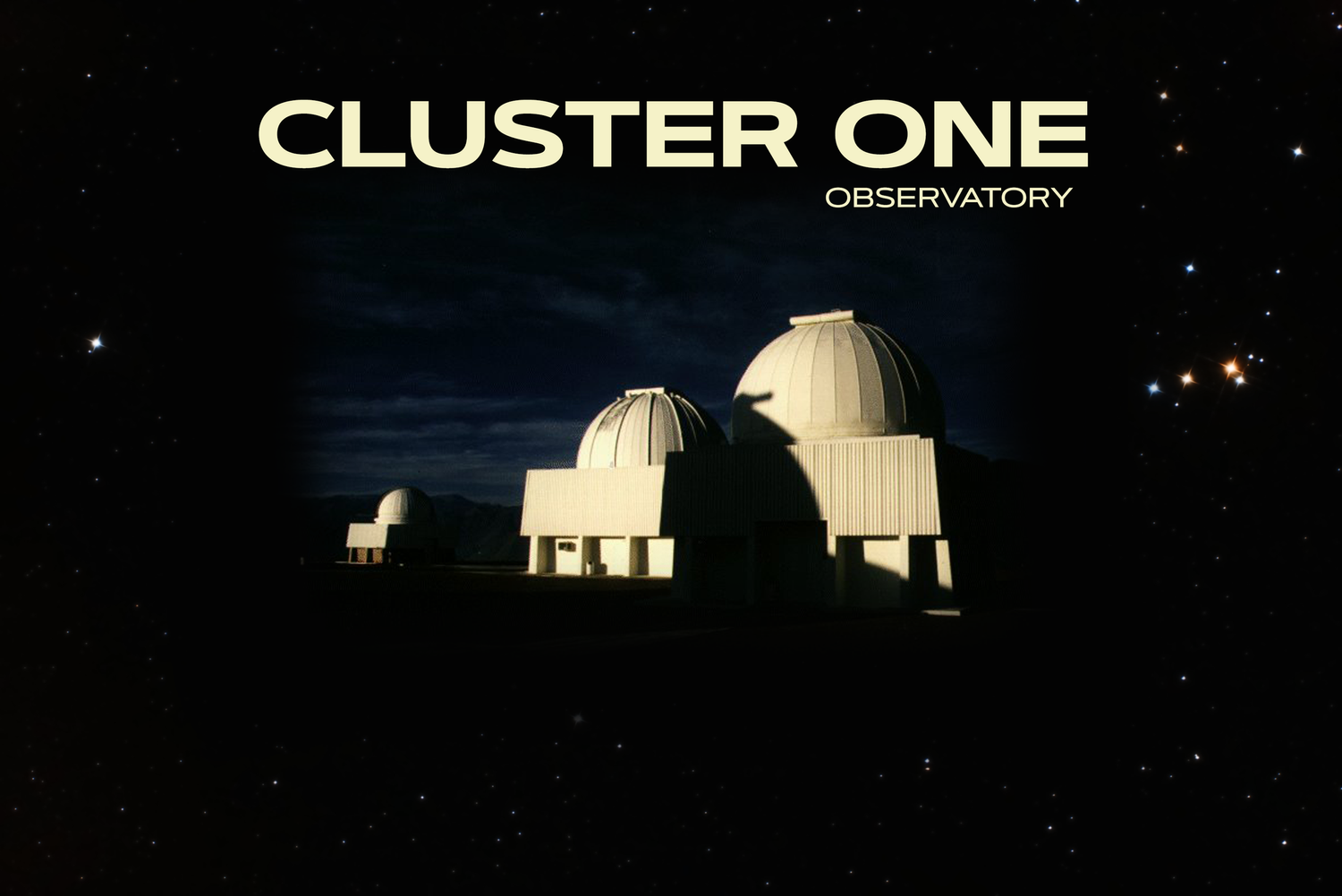Our cameras
Cooled OSC detectors:
These are our deep-sky workhorses, specialized detectors that contain camera sensors which are integrated into a cooled enclosure. They are designed to be completely automatized, yet highly operable to achieve full control of how the captured photons interact with the system. We use these to do our heavy deep-sky integrations and mosaics, which often demand the full potential of these sensors.
In this page, you’ll find every camera that’s been used to produce images in Cluster One Observatory. We recommend taking a close look to the spec-sheet provided by the manufacturer and see how each sensor has different properties, such as how it affects field-of-view (FOV), pixel size (concerning sampling), bit depth/ADC and quantum efficiency.
ZWO ASI2600MC Pro
The ZWO ASI2600MC-Pro is our main deep sky imaging camera. It’s one of the most advanced in the market at the moment, featuring a Sony IMX571 16-bit APS-C sensor, which extends significantly it’s dynamic range.
Purchased on October 2024 to replace our ASI294MC-Pro.
NGC1788 - Reflection nebula in Orion
The ASI2600MC-Pro shines with it’s high resolution sensor, providing a rich level of detail and depth.
ZWO ASI294MC Pro
Acquired to replace our QHY 294C, this camera was the consequence of entering the ZWO ecosystem with it’s ASIAIR system. It features the Sony IMX294CJK sensor inside with a resolution of 11.7MP. It’s 4/3” sized sensor makes up for the perfect middle ground when pairing it with different telescopes.
Purchased on February 2022 to replaced our former QHY 294C.
The ASI294 compared in size to the ASI2600.
Orion mosaic in HaRGB - 104 hours of acquisition time
The ASI294MC-Pro was the detector that standarized our two filter acquisition workflow. Widefield mosaic imaging also skyrocketed, being most frequently used with our SpaceCat 51 (250mm) and the Rokinon 135mm telescopes.
Large Magellanic Cloud in HaRGB - 225 hours of acquisition time
The other headliner in the ASI294 portfolio. For this, the same method of two filters imaging was employed, this time with a gigantic 3x4 mosaic.
ZWO ASI178MC-Cool
Our first OSC (one shot color) camera. This was the detector that allowed us to delve into the real deep sky, long exposure imaging. It features the small 1/1.8” Sony IMX178 sensor, and we mostly used it with our second telescope, the Sharpstar 15028HNT, despite the unusual focal length-to-sensor size combination.
A camera ideal for planetary imaging, but also as it’s the name implies, very usable for deep sky astrophotography.
Purchased on March 2020
ZWO ASI178MC-Cool mounted into our Sharpstar 15028HNT
NGC 253 - Sculptor Galaxy (26’ of acquisition time)
The ASI178+15028HNT combination did wonders. Even though it’s 2.4um sized pixels resulted in an undersampled image, it was nothing that drizzle could not fix.
NGC 6729 - Corona Australis (2 hours of acquisition time)
Another one from the same night as NGC 253, the same night that we had stepped for the first time with our equipment at the abandoned “El Pelícano” runway.
DSLR/Mirrorless cameras:
In this section, you’ll find the… well, normal cameras. But normal does not mean basic, as they always carry the latest technology. Even though these are used as personal everyday cameras, always ready to capture whatever it’s in front of the lens whether it is photographs or video, in the astrophotography realm, we can use them as widefield imagers or even integrate them in a deep sky imaging system.
They are often the devices that keep us awake at night while our telescopes are busy collecting photons. The images you see on this website of our telescopes at night, the timelapses and video-documentary work do exist thanks to these cameras.
As a sidenote, we haven’t had yet the need to astro-modify any of these cameras, as we prefer keeping them as versatile as possible. For capturing those obscure wavelenghts, we have the OSC cameras documented above.
Nikon Z6III
Purchased it to replace our Z5 in order to embark on an audio-visual project, the Nikon Z6III doesn’t dissapoint in it’s astro capabilities: it’s a low light monster. It’s full frame “partially stacked” dual gain sensor makes it the first camera that allows light to do wild things such as doing autofocus on stars, having a live view real time image of the Milky Way and lot’s of other unheard things.
We’ve also been using this camera for timelapse work.
Purchased on June 2024
A night at the Atacama Desert
The Z6III made it’s debut with a timelapse. You can watch it in our YouTube channel.
Comet C/2024 G3 (ATLAS) over chilean skies
Notice those nasty Starlink satellites photobombing in the beginning… ugh.
Nikon Z5 (sold)
Our first mirrorless camera. Acquired to try out new technology and for some audio-visual proyects. This camera contains the 24 MP Sony IMX128 image sensor, the same found in both the Nikon D750 and the astronomy one-shot-color QHY 128C, which is widely used and favored by astrophotographers.
The Z5 surprised us gladly with it’s dynamic range and colour rendering, making it an excellent option for timelapses and widefield astro imaging. It’s now forms part of the C1Obs history.
Purchased on January 2023, sold in June 2024 and replaced with Z6III
The Z5 paired with the Askar V
To connect the Z5 to the Askar V, the Askar M54/M44 Z adapter was used to achieve the required 55mm backfocus.
Messier 42 - 4 hours of acquisition time with Askar V
Giving the Z5 a shot at deep sky. The great performance of the sensor dynamic range wise made processing a breeze with a difficult object like the Orion nebula.
The rising Milky Way’s core - 2 hours of acquisition time
One of the advantages of the Nikon Z system is the versatility when adapting different lenses, thanks to the short flange distance (16mm). This image was captured with a 1970’s Canon FD 35mm F2 S.C.C. lens.
Nikon D810 (DSLR)
Searching for the perfect camera for landscape photography, we arrived to a relatively cheap priced and used D810. Featuring a 36.3 MP sensor, it is our highest resolution camera. It’s sensor also proudly screams “dynamic range”, so it’s now our preferred camera for doing high resolution landscape astrophotography.
Purchased on October 2023
One of our telescopes through the sensor of the D810
Single exposure of our Askar V rig shot with the Nikkor 17-35mm f2.8
Nikon D7200 (DSLR)
Our highest level crop sensor DSLR camera. Same as all the other DSLR/mirrorless, the D7200 has been used heavily as a widefield imager often paired with lenses in the realms of 14mm, 35mm or even 135mm and 250mm at one moment in time. This camera also gave us our first NASA APOD.
Purchased on 2020
Our unmodded D7200 paired with the SpaceCat 51 for a lightweight widefield setup
And with the Rokinon 135mm F2 lens
Magellanic Clouds over Chile
Our first NASA APOD.
Image shot over a course of 1h40’ with the Nikon AF-S 35mm f1.8G DX
Moonset over Khafre pyramid
Probably the most exotic image in this website. Taken just before the moon touched the Khafre pyramid in Giza with a Tamron 18-270mm superzoom lens.
Nikon D5100 (DSLR)
And for the final not-yet-retired camera: the D5100. This camera was at the starting point of Cluster One Observatory and it’s still being used ocassionally, despite being of an older generation as of today standards. It features the 16MP Sony IMX071 sensor, the same one used in the famous ZWO ASI071MC-Pro and it’s counterpart, the QHY 168C.
Purchased on ??? XXXX
Milky Way Core & Rho Ophiuchi
One of our better widefield images, and it was taken with a 14 year old camera body. Processing took a huge part on this, but it serves as proof that you don’t need the most advanced camera in the market to achieve excellent results. Not even a modified one.
Orion and the Horsehead nebula
Let the nostalgia kick with this one: this is the observatory’s first proper image. It took a long time trying to align the mount corrently using all but our eyes, searching for the infamous and, believe or not real, Sigma Octantis. This image is proof that practice makes better.
Last updated on March 2025


















